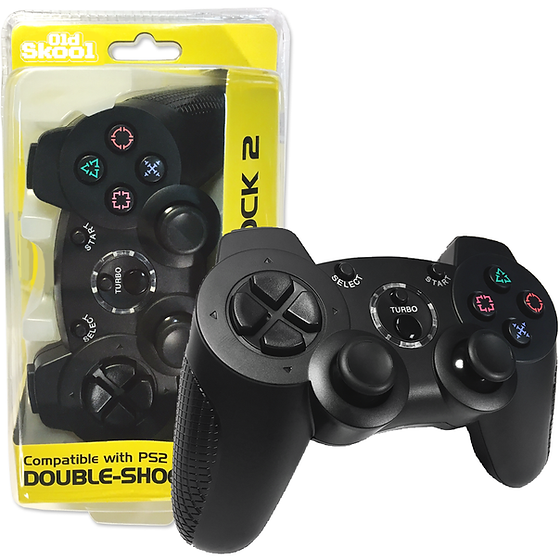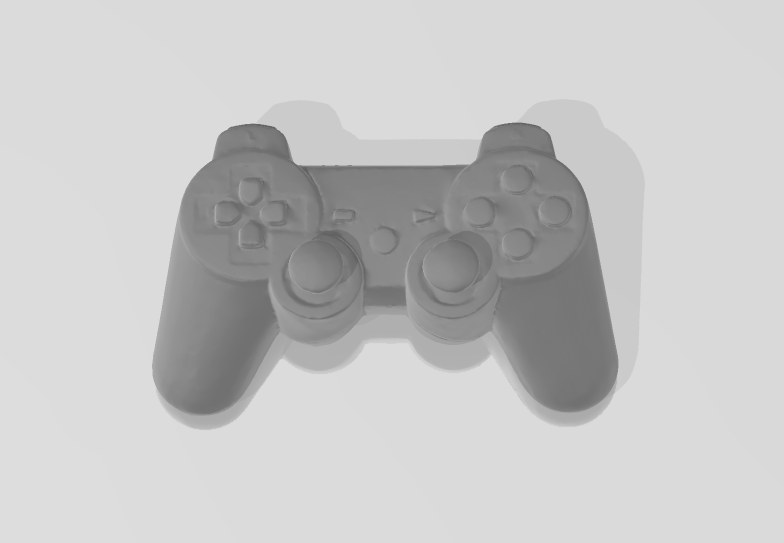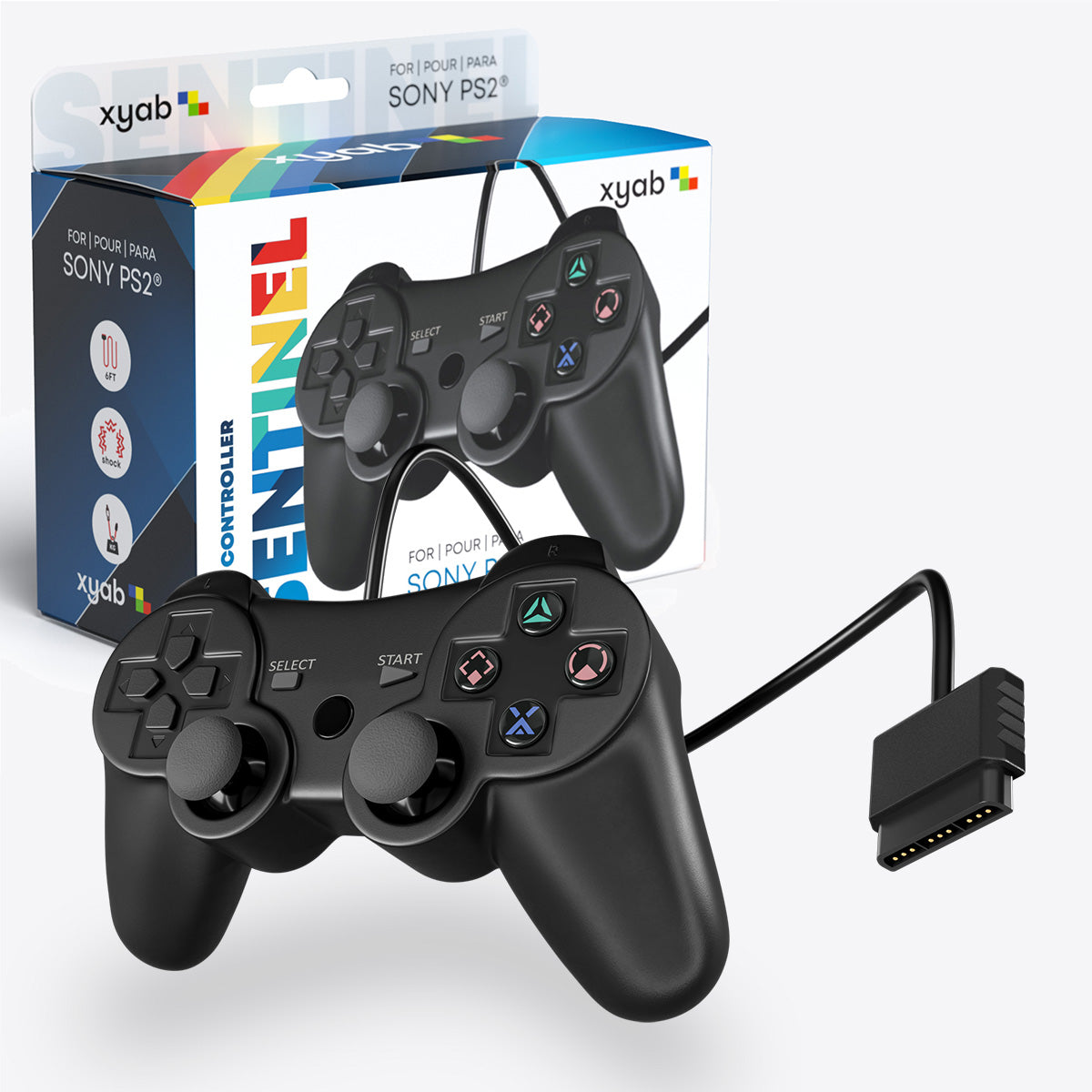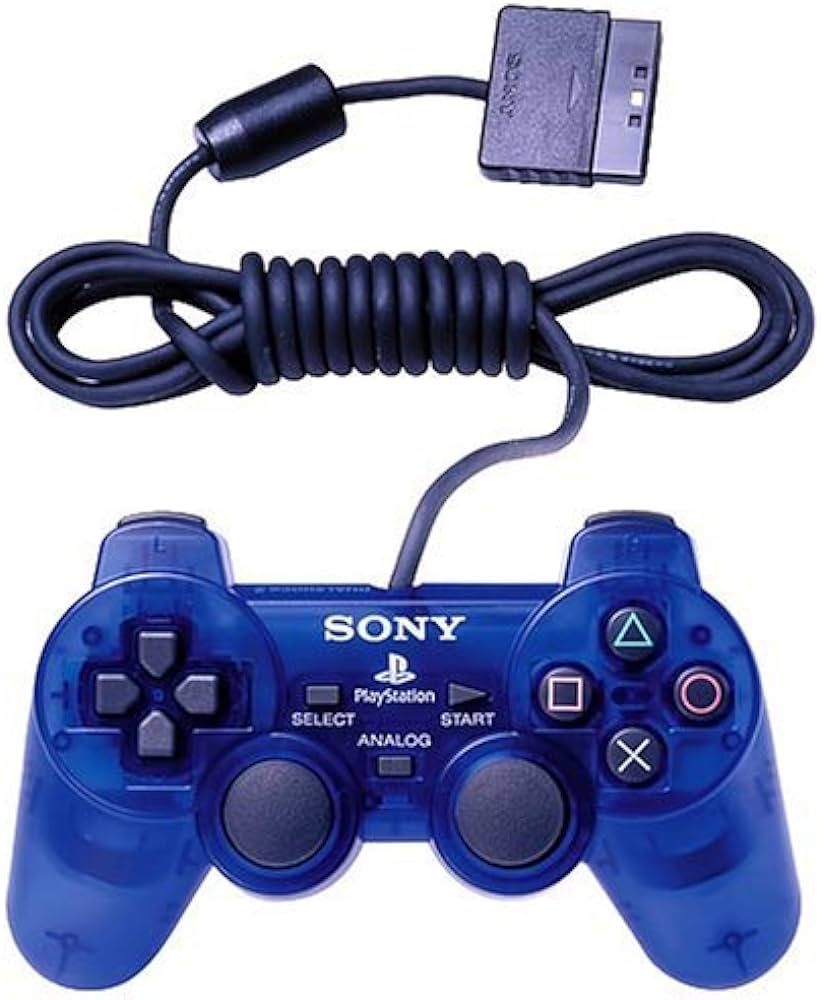Introduction to the PlayStation 2 Controller
The PlayStation 2 (PS2) controller is an iconic piece of gaming hardware that has seen extensive use since its release in the year 2000. As the main input method for one of the most successful gaming consoles of all time, this controller holds a special place in the hearts of many gamers. Its design, functionality, and impact on gaming culture are worth exploring in detail. The PS2 controller, also known as the DualShock 2, marked a significant milestone in the evolution of gaming peripherals. This article delves into the various facets of the PlayStation 2 controller, from its inception and design philosophy to its influence on gaming trends.
Design and Ergonomics
Aesthetic Considerations and Button Layout
The design of the PS2 controller is an evolution of the original PlayStation’s DualShock controller, which set a high standard for gaming peripherals. The first thing that stands out about the PS2 controller is its familiar form factor. It features two analog sticks, a D-pad, four face buttons (triangle, circle, cross, and square), and shoulder buttons (L1, L2, R1, and R2). Sony retained the general shape and button placement to ensure that gamers who transitioned from the original PlayStation would find it easy to adapt.
The PS2 controller is often lauded for its comfortable design. It fits snugly in the player’s hands, and its lightweight construction reduces fatigue during extended gaming sessions. The analog sticks are positioned to offer intuitive control, and their textured tops provide a firm grip. The inclusion of both digital and analog inputs was a significant advantage, allowing for more nuanced gameplay experiences.
Enhanced Features for Better Gameplay
The DualShock 2 introduced several improvements over its predecessor. One of the most notable features was its enhanced analog sensitivity. The analog sticks and buttons respond with greater precision, enabling more accurate control in complex games. This improvement was particularly beneficial for genres that required delicate inputs, such as racing games and first-person shooters.

Another enhancement was the improved vibration feedback. The DualShock 2 improved on the rumble feature, providing more dynamic and responsive feedback. This made gaming more immersive, as players could feel the impact of in-game actions, such as crashes, explosions, and hits. The vibration functionality added an extra layer of realism to gaming and increased player engagement.
Durability and Build Quality
The PS2 controller is known for its robust build quality. The materials used in its construction are durable, ensuring that the controller can withstand the rigors of intense gaming sessions. Many users have praised its longevity, often reporting that their original controllers continue to function flawlessly years after purchase.
The buttons and analog sticks maintain their responsiveness even after extensive use. This reliability contributes to the controller’s reputation as a dependable piece of hardware. Unlike some other controllers that may develop issues like sticky buttons or drifting analog sticks over time, the PS2 controller is celebrated for its resilience.
Impact on Gaming Culture
Setting a Standard for Future Controllers
The PS2 controller’s design and features set a standard that future gaming controllers would follow. Its dual analog sticks became a staple in modern gaming control schemes, influencing the design of controllers for subsequent PlayStation consoles and even those from other manufacturers. The ergonomic design also became a blueprint for future developments, as companies realized the importance of comfortable and intuitive input devices.
The DualShock 2’s impact is evident in the gaming industry’s evolution. Controllers with multiple analog sticks and vibration feedback have become the norm. The principles refined in the PS2 controller’s design have informed the creation of today’s advanced controllers, such as the PS5’s DualSense, which integrates even more complex haptic feedback and adaptive triggers.
Influence on Game Development
The design and functionality of the PS2 controller significantly influenced game development. Developers could rely on the controller’s precise inputs and robust feature set when designing their games. As a result, many PS2 titles utilized the controller’s full range of capabilities, leading to more intricate and engaging gameplay mechanics.
Games across various genres benefitted from the controller’s features. Action-adventure games used the dual analog sticks for precise camera control and character movement, racing games leveraged the analog triggers for responsive acceleration and braking, and RPGs and fighting games made good use of the face buttons and shoulder triggers for quick actions and combos. This versatility allowed developers to innovate and push the boundaries of what games could achieve.
The Legacy of the PS2 Controller
Enduring Popularity
Despite the passage of years and the advent of newer controllers, the PS2 controller remains popular among gamers. Many players hold onto their PS2 consoles and controllers, either for nostalgic reasons or because of the console’s extensive library of classic games. The continued popularity of the PS2 and its controller is a testament to their quality and lasting appeal.
Retro gaming has seen a resurgence in recent years, with many players returning to classic consoles like the PS2. This revival has brought the DualShock 2 back into the spotlight, as new generations of gamers experience the controller’s iconic design and feel firsthand.
Collectibility and Cultural Significance
The PS2 controller has also earned a place in the realm of collectibility. Collectors of gaming memorabilia often seek out original PS2 controllers, especially those in good condition or from limited edition releases. Special variants, such as the transparent or themed controllers, are particularly prized among enthusiasts.

The controller’s cultural significance extends beyond its functional use. It symbolizes a particular era of gaming history marked by significant advancements and memorable titles. For many, the PS2 controller represents a period of innovation and joy, making it a cherished artifact within the gaming community.
Conclusion
The PlayStation 2 controller is more than just a piece of gaming equipment; it is an emblem of a transformative era in the gaming industry. Its design, featuring dual analog sticks, vibration feedback, and an ergonomic layout, set new standards that have influenced countless controllers since its release. The controller’s robust build and responsive features contributed significantly to its enduring popularity, cementing its place in gaming history.
The impact of the PS2 controller can be seen in how it shaped both hardware and software development. It allowed developers to craft more intricate and enjoyable gaming experiences, which in turn enriched the gaming landscape. Its legacy is evident today, not only in the continued use and appreciation by gamers and collectors but also in the fundamental design principles it introduced, which remain relevant.
In conclusion, the PlayStation 2 controller’s significance extends far beyond its initial use. It remains a beloved and celebrated piece of gaming history, emblematic of an era that laid the groundwork for modern gaming. Whether through nostalgic gameplay, collecting, or its influence on current controller designs, the PS2 controller continues to be a revered component of both gaming heritage and contemporary gaming culture.


